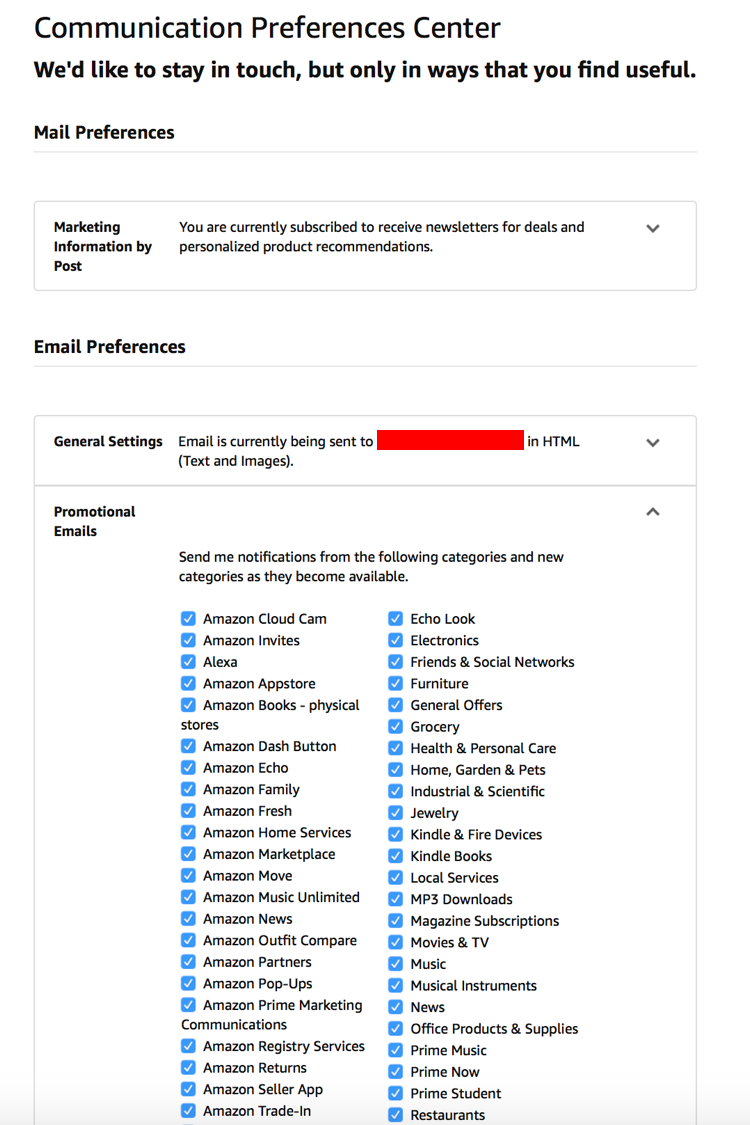How many of your regular customers do you know by name? When you own a small business, that answer is probably quite a few, because you know your business best. And you know your customers better than any big name corporation ever could.
Knowing little details about your customers is valuable. It helps you personalize your interactions and provide outstanding customer service. Aside from first name, knowing things like favorite products or services and even birthdays could do wonders for helping you build and nurture close relationships with them.
But these days, not every customer interaction is face to face. In fact, most probably aren’t. That doesn’t mean you can’t be just as personable and relatable in your digital interactions.
Email marketing personalization is one way you can compete with big brands. Technology has grown so much in recent years you no longer need to spend an arm and a leg or hire outside help to tackle advanced email personalization techniques.
If you want to do email personalization right, you need to do more than include a first name. Here are some ways you can tackle email marketing personalization today, using the tools already at your disposal.
Segment your list.
Did you know relevant emails drive 18 times more revenue than mass blasts? To build the foundation for sending relevant, personalized emails, you first need to segment your list.
Segmentation is a way of sorting individuals in your contact list into similar groups (or segments) based on the factors you think would help you provide relevant messaging.
Popular list segments:
- Lead, prospect, customer
- Favorite product or service
- Frequency of purchase
- Amount spent or expected to spend
Once your list is organized appropriately, you can begin sending targeted text and emails to your new segments. You’ll lower the amount of unwanted or irrelevant messages you’re sending, and you’ll improve the chances someone who’s actually interested in what you’re offering will see your message.
Set up a preference center.
Unsure how to segment your contacts? Let them segment themselves by setting up a preference center. All you have to do is get your contacts to complete a form telling you exactly what types of messages they want to receive.
Since preference centers let your contacts choose the types of messages they’ll receive in the future, they’re typically really well received.
Amazon has a pretty straightforward preference center for their email messages.

Notice they let me opt in to not only the types of emails I’ll receive, but the categories of products I’m interested in receiving promotions for.
You can set up a preference center with most of the top email service providers (ESPs). But if you want an email marketing tool that does that and more, check out Thryv. Thryv helps you opt certain customers in and out of messages on the spot or in advance.
Explore dynamic content.
A lot of people confuse the term “dynamic content” with making your email look more exciting, perhaps with fancy images or videos. That’s not what I’m talking about.
In email marketing, dynamic content refers to pieces of your emails that change based on your target audience, and their preferences. The most common example of dynamic content is addressing recipients by name, either in the subject line or greeting.
But if you really want to dive into email personalization via dynamic content, the possibilities are endless. So get creative!
Need some inspiration? Try making the products or services you include in promotional emails dynamic based on the user’s most frequent purchases. If you’re a realtor for example, choose an email service provider that hooks into your MLS. Then, use dynamic content to share only the homes you know your clients will love.
You’re only limited by the email service provider you choose and the data you have for each contact.





